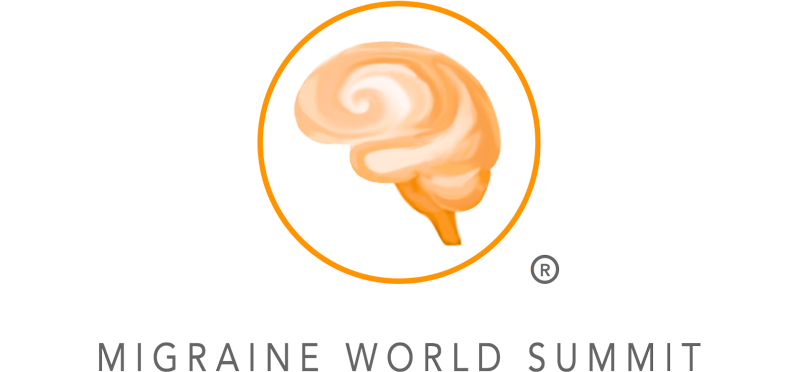
What is life like with migraine during the COVID crisis? We asked a man in his mid-70s:
I had successfully used preventives to control my migraine disease. But when the pandemic hit, my anxiety rose, especially considering my susceptible age group. I slept less well, struggled with broken routines, and had to stay distanced from many of my closest family members and friends. The frequency and intensity of my attacks increased, and I crossed the threshold into chronic migraine, my medication no longer effective. The hospital where my neurologist worked would not allow her to meet me in person. I felt the tools I had used to manage my migraines had slipped away.
Does this feel familiar? According to a study by the Headache and Migraine Policy Forum, 70% of people with migraine reported an increase in attacks during the pandemic.
The study also found that:
84% of the 1,000 people surveyed experienced more stress in managing their disease.61% were afraid to seek care.74% hesitated to go to an emergency room during an acute attack, especially when they knew that emergency departments and hospitals were overburdened.
Added stress, worry about friends and loved ones, more time in front of a computer, job uncertainty and financial insecurity have all complicated the already complex challenge of living with migraine. Difficulty getting longer supplies of medications, increasing anxiety and depression among school-age children, and inability to seek in-person care and treatment have compounded what for many was already a debilitating disease.
Women, especially women of color, have borne a disproportionate brunt of the COVID fallout. The pandemic has shone a light on inequalities in health care, employment, and caregiving. And since women experience migraine at three times the rate of men, the 70% increase in attacks hardly feels surprising.
There are proven coping strategies, however. At an earlier Migraine World Summit, Dr. Amaal Starling spoke about SEEDS for Success. SEEDS reminds us of the key lifestyle changes we can make to control our migraine attacks, along with preventive or acute medications we may be taking. It stands for Sleep hygiene, Eating regular and healthy meals, Exercising regularly, keeping a headache Diary, and Stress management. What can be added in today’s pandemic world are finding alternate sources for social interaction and learning to adapt to the use of telemedicine.
The world has changed entirely in the past year. One thing that remains constant is the commitment of the Migraine World Summit to reduce the global burden of migraine. We hope you’ll join us from March 17 to 25 to learn about the latest advancements in migraine and headache medicine, and to brush up on strategies for migraine best practices.
Email: info@migraineworldsummit.com
Web: www.migraineworldsummit.com
